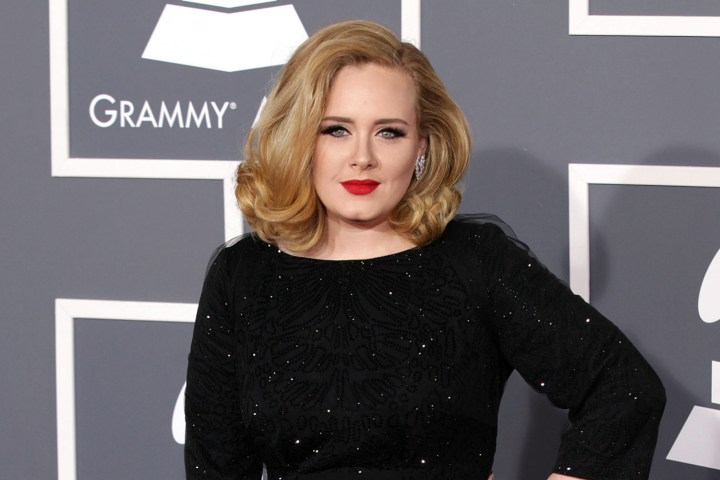
New music releases should be an “event,” said Adele. “I don’t use streaming. I buy my music. I download it, and I buy a physical [copy] just to make up for the fact that someone else somewhere isn’t.”
The 27-year-old superstar is certainly aware that streaming music is the future of the music industry. And denying the millions of paid subscribers to services like Spotify and Apple Music access to her new record is quite a statement. Regardless, she made the decision — and her fans supported her in droves: 25 has sold nearly 6 million copies through December 17, according to Billboard.
She explained further to Time that she would have been proud of her decision not to allow 25 on music streaming services even if her album wasn’t successful. “I would have been proud because I stuck to my guns, and I think it’s really important as an artist that you do that.”
While Adele seems happy with her decision, it’s certainly worth noting that her first two records, as well as 25‘s massively popular lead single Hello are currently on Spotify. And the market-leading on-demand streamer will do everything in its power to change her decision.
“We love and respect Adele, as do her 24 million fans on Spotify,” said a rep from the Swedish-based streaming company to Engadget. “We hope that she will give those fans the opportunity to enjoy 25 on Spotify alongside 19 and 21 very soon.”


